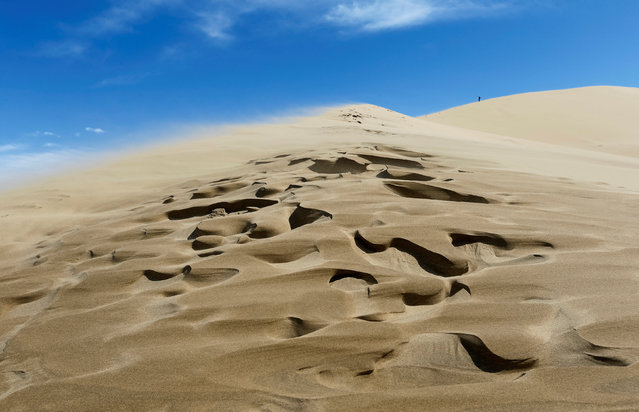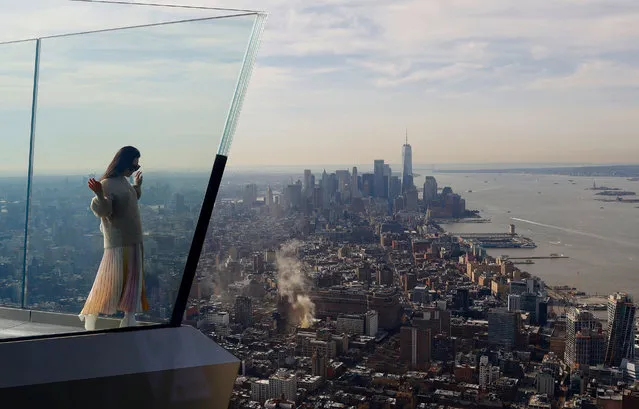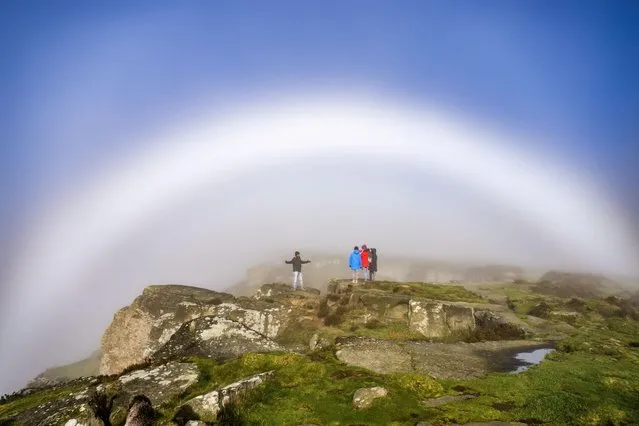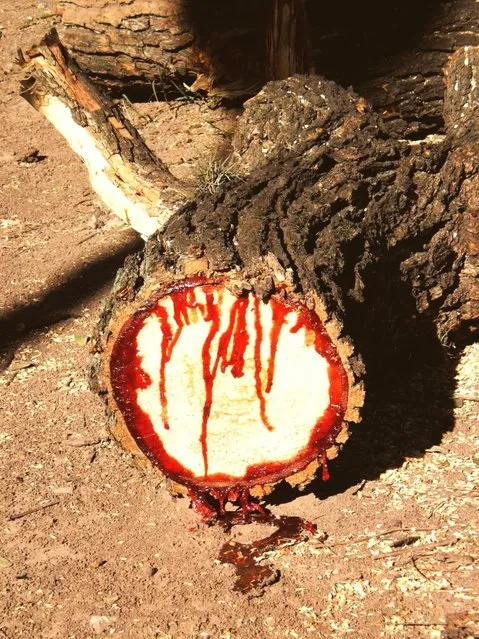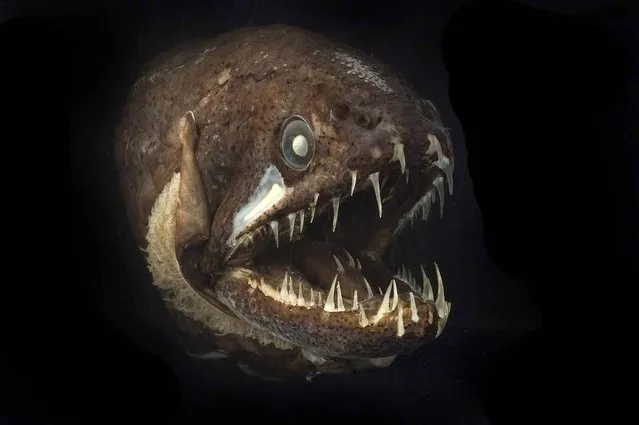
Passengers brave the strong winds as they wait for a bus, in Hong Kong, Monday, September 15, 2014. The Hong Kong Observatory issued the number 8 southeast storm signal, as Typhoon Kalmaegi edges closer to Hong Kong. (Photo by Kin Cheung/AP Photo)
16 Sep 2014 13:03:00,post received
0 comments

